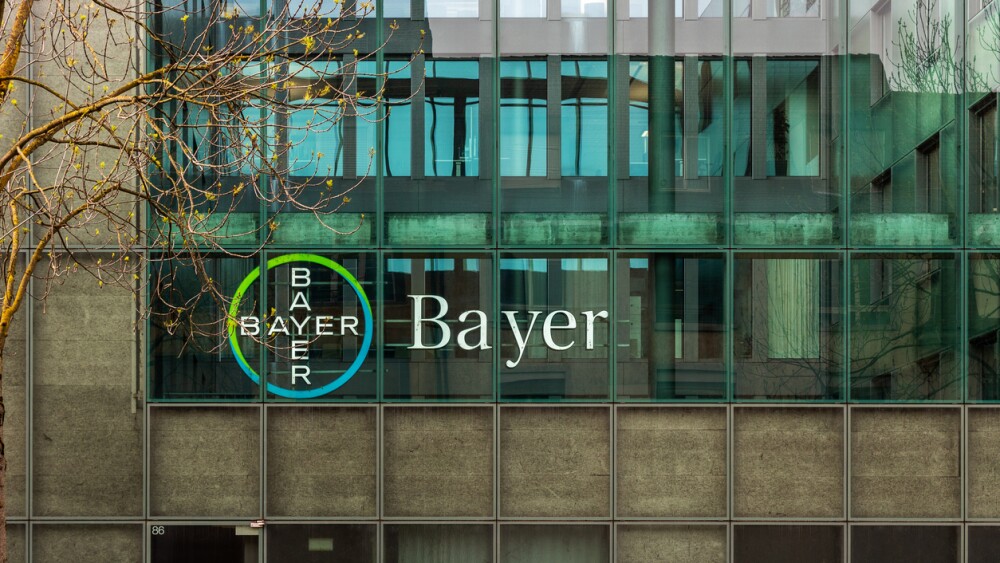One month after a contentious FDA advisory meeting, Oncopeptides announced positive data from the Phase III LIGHTHOUSE trial of Pepaxto in RRMM patients.
Oncopeptides CEO Jakob Lindberg/Courtesy Oncopeptides
Oncopeptides released positive data Wednesday from the Phase III LIGHTHOUSE trial of Pepaxto (melflufen) in relapsed refractory multiple myeloma (RRMM) patients.
This comes one month after the FDA’s Oncologic Drugs Advisory Committee (ODAC) meeting in late September that resulted in a 14-2 vote against Pepaxto.
Pepaxto has been on the market in the U.S. since 2021 for multiple myeloma under an accelerated approval pathway. However, the OCEAN confirmatory study demonstrated mixed benefit results.
Although the drug is no longer on the market in the U.S. “due to regulatory hurdles,” the European Medicines Agency approved the drug on Aug. 18. This is in combination with dexamethasone to treat adults with multiple myeloma who have received at least three prior lines of therapies, whose disease is refractory to at least one proteasome inhibitor, one immunomodulatory agent, and one anti-CD38 monoclonal antibody, and who have shown disease progression on or after the last therapy.
The LIGHTHOUSE trial studied the efficacy and safety of the drug in combination with daratumumab subcutaneous (sc) plus dexamethasone compared to daratumumab sc with supportive dexamethasone. It was a confirmatory study in addition to the OCEAN trial.
LIGHTHOUSE was launched in Dec. 2020 and was expected to include 240 patients. But the FDA requested a partial clinical hold of all trials with the drug in July 2021. As a result, after 54 patients had been randomized, patient recruitment was halted.
In each treatment arm, 27 patients were randomized, with patient characteristics roughly equivalent between the two study arms. The efficacy and safety of the daratumumab sc control arm in the study were consistent with the approved labels in Europe and the U.S., with numerically higher PFS and overall response rate (ORR).
Even with the smaller number of patients enrolled, the PFS in the intent-to-treat (ITT) population was superior for the melflufen treatment arm compared to the control arm.
Maria-Victoria Mateos, M.D., Ph.D., lead investigator of the LIGHTHOUSE study, called the LIGHTHOUSE data “very encouraging,” adding that the data “clearly indicate that the combination of melflufen and daratumumab has a clinical benefit in patients with RRMM.”
Safety of the drug combination was consistent with what was seen in the Phase I/II ANCHOR trial, with clinically manageable cytopenias. ANCHOR assessed the melflufen plus dexamethasone combination with either daratumumab sc or bortezomib in RRMM patients.
Holding Out Hope for Another Chance with the FDA
In discussing the ODAC meeting with BioSpace in September, Jakob Lindberg, CEO of Oncopeptides, noted that in June, the drug received full approval in Europe for an earlier line of therapy. The company felt the earlier puzzling data had to do with confounding results related to the comparator drug, Bristol Myers Squibb’s Pomalyst (pomalidomide).
“We realized that the OS result was highly heterogeneous — astonishingly heterogeneous — that Papaxto almost doubled survival in the elderly compared to pomalidomide, while pomalidomide almost doubled survival in the young patients,” Lindberg told BioSpace. “Our point of this is this is driven primarily by pomalidomide.”
This also appears to be the perspective of the EMA, but so far, not the FDA.
“We wanted to have a dialogue with the FDA about this,” Lindberg said. “Because if we were right, it has large implications for how we treat patients.”





